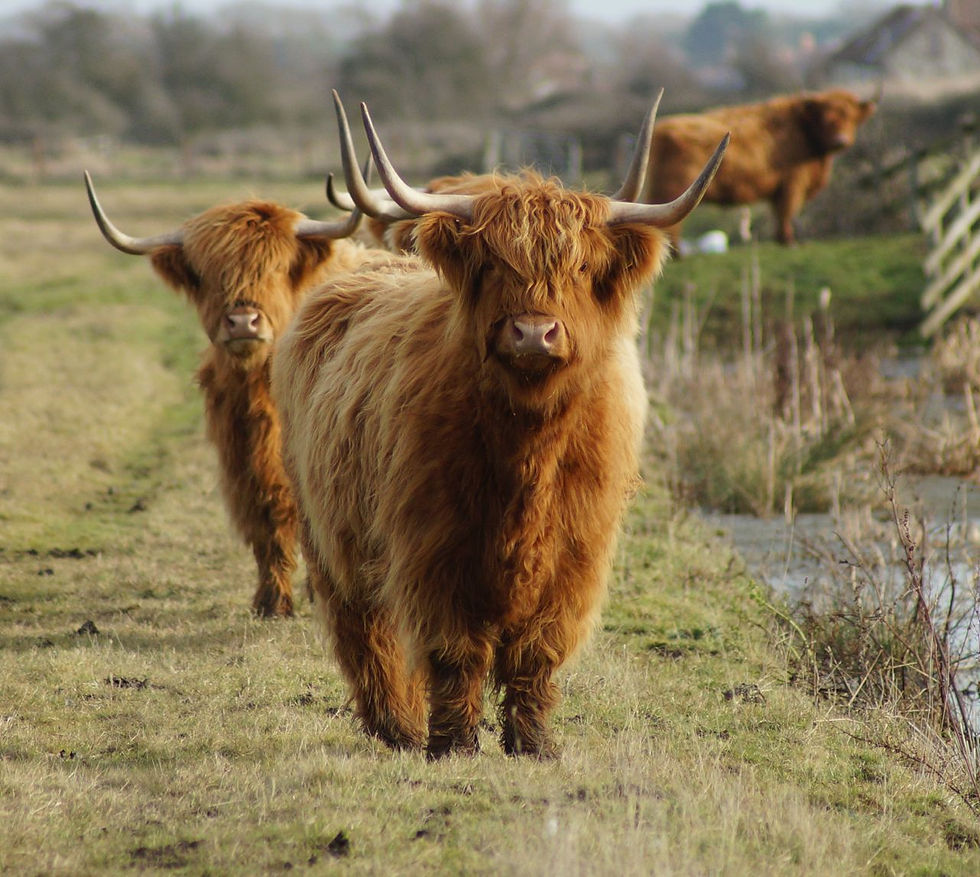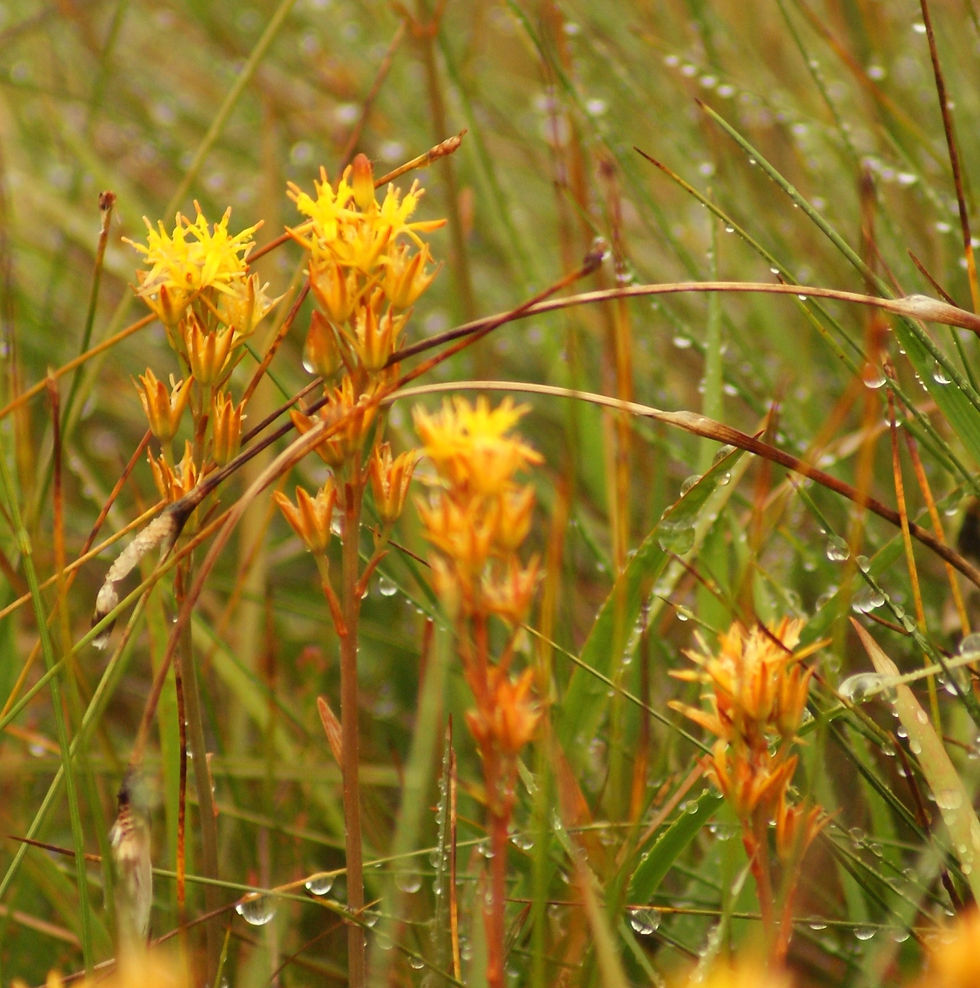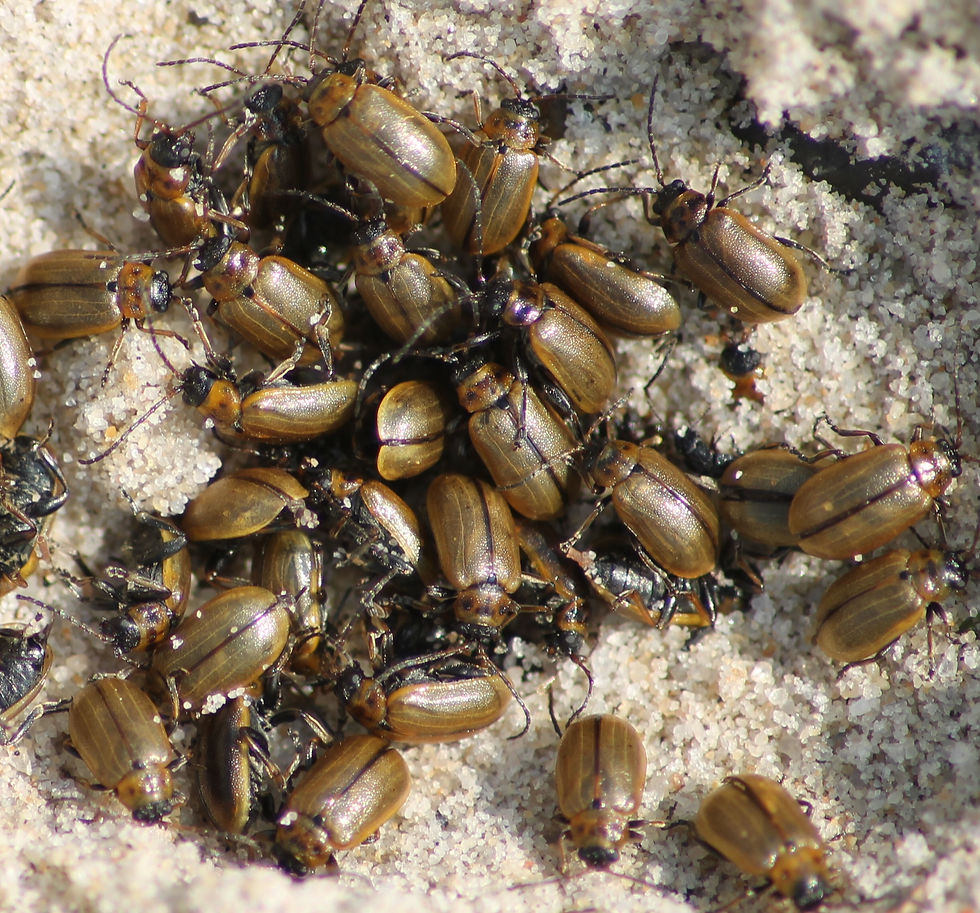Uplands Management Group
Reports
T&F Group 1 - Vegetation transfer
T&F Group 2 - Sphagnum
T&F Group 3 - Sphagnum Guidance
T&F Group 4 - Moorland wildfire
A Task & Finish Group prepared guidance for practitioners about the development of a Wildfire Risk Assessment (including a Wildfire Scoresheet if required), a Wildfire Response Plan and a Wildfire Management Plan. This was published in July 2019.
The UMG recommends that the managers of all types of land should consider this guidance. Wildfire dies not just occur in remote parts of the uplands; it can occur on any land. The aim is to ensure that effective plans are in place and appropriate preparations have been made before ignition of a wildfire takes place.
The Heather & Grass Burning Regulations 2021 introduced the need for a licence to carry out burning on peat with a depth of >40cm and that is within a SSSI and either a SAC or SPA.
An additional version of the Wildfire Management Plan has been published; this provides extra information to satisfy the requirements for an application for a licence.
The opportunity was taken to revise some of the original documents and all the documents have now been placed on a separate webpage.
Some of the documents are PDF versions, but on request to the UMG, these documents can be supplied in Word format, to allow adaptation for a particular purpose. The UMG would like to be sent copies of any revisions to help with the development of this information.
The guidance was developed following a report that was submitted to the Uplands Stakeholder Forum and Defra on 25th June 2019.
T&F Group 5 - Veterinary Medicines
Details of veterinary medicines for grazing livestock currently available and used by graziers on the North York Moors. These details are also likely to be applicable to the management of sheep on other parts of the UK uplands.
T&F Group 6 - Blanket Bog Restoration Monitoring
The report from this T&F Group considers the scope for practitioner-based monitoring of peatland restoration.
A two-tiered monitoring system is proposed: higher levels of detail to be provided by researchers, and lower levels by land managers - the information collected at each level will be complementary.


